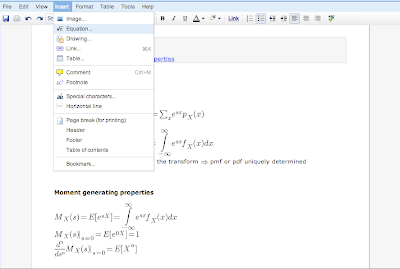How do you choose a domain name? And what happens in regards to domain registration? Are two of the main questions that people hold when it comes to creating their own website. Choosing your domain name is something that should involve a lot of thought as it is vital to the success of your website, which is why it is important that you are well informed of how to go about this process, this is where Article Alley steps in to help with this section. Our Domain Names section aims to help inform you of anything and everything you could need to know about choosing the right name, checking the availability and then registering said name. Also not only do our articles inform of various aspects of Domain Names but they are also available for you to use for free within your own website etc. So make the most of Article Alley's Domain Name section today.
Basics of Domain name registration
Things look amazing when we talk about making money online, well it requires building up credibility among your customers. So with your web presence registration of own domain name is the first step to ensure things are going towards desired direction. ...
Domain Name Registrations – Do This Before Designing!
The major chunk of time, money and resources are spend towards website design and development. And many people compromise on the domain in the process. The domain name is just as important for online success as is a professional web design.
Prosper with Domain names choose the best
Some domain names bring prosperity and there is no myth in this it is the truth. There are many ways and strategies that can implemented. It all depends on your business and size of the company and nature of services.
Dot Eco TLD
Top level domains, or TLDs, are the recognizable suffixes found in internet addresses, such as .com, .org, or .edu. The astonishing growth of the internet over the past decade alone has given rise to a corresponding need for more specific TLDs
Who Owns a Domain Name
Owning a domain name is similar to owning a house in real life – everything must be registered under your name, especially if you’re the one paying for it and maintaining it. Some people might think that any domain can be owned in just a snap of a finger....
Author: Elijah James
Who Registered The Domain Name
The internet promises a lot of money-making opportunities. There are a lot of markets being created by the virtual community. As more and more websites are made, more and more people also become curious how to own or register a specific domain name. Th...
How Do I Purchase A Domain Name
So you have finally decided to land on the virtual community and have your own site – before thinking of a name and all the work needed in order to create a site, one thing you need to consider first is purchasing a domain name. But, how do you purchase...Well, the first thing you need to think of would be the name itself. How would you want your site to be named? Think of a name that will best suit the contents of your site and something that would be easy to recall. Example, if your line of business is about selling recycled papers, you may want to choose www.gorecycled.com. This would be easy to recall and easy to type as well.
Think of maybe ten domain names. Why ten? Because the next step you need to do is to try and search if there already is a site like that. Try googling the name you have in mind and see if it has a direct match over something else. If it does, then go to the next until you have all available options left.
After choosing the name, look for a merchant that sells domain names. A lot of them can be found online. Search for them using search engines and you would be presented with a lot of options. These entities are oftentimes called “registrars” as they verify if such a domain name already exists before they guarantee a sale for you.
Try to research for the name of the domain registrar you will be entering an agreement with. Research if there are feedbacks available for this registrar. See if the customer service, rates, products and other services will fit your needs best. Do not be in a rush to enter into an agreement as most of the domain name services actually last for months if not a year of contract. So if you do not want to be tied onto some entity you’re not really sure if would do a great business with, do not even try and risk it. Do your homework first before selecting the registrar of your choice.
Example of Domain Name
A domain name, to put it simple, is your address on the World Wide Web. This is where you put up your website and it is what internet users will type in their address bar in order to locate your site while online. Your domain name should be short, simple and describe what your site is about...
Internet Domain Name Confusion - A Simple Explanation
Nowadays, it is no surprise that you will find someone or something that has the same name. With so many people going online, our creativity is challenged when making a new idea out of nothing.
Be Sure to Leave Your Comments! Also be sure to subscribe to my feeds
http://feeds.feedburner.com/dotblogger and Follow Me on Googles Friends connection Recommend @lilruth to @MrTweet on Twitter....VOTE FOR ME at
http://bloginterviewer.com/animals/dogcents-ruth







































